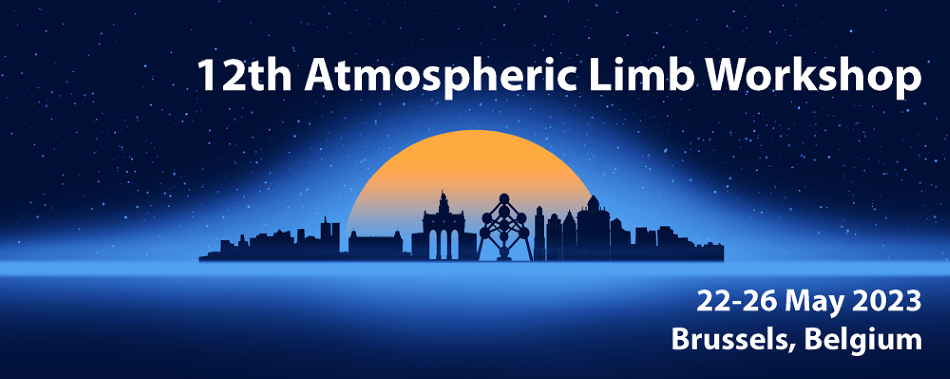Speaker
Description
Stratospheric aerosols largely affect the radiative budget of the Earth’s atmosphere by scattering the incident solar radiation back to the space in the UV-Vis-NIR spectral range and by absorbing the radiation upwelling from the troposphere in the thermal infrared spectral range. Furthermore, stratospheric aerosols provide surface for heterogeneous reactions releasing halogenated compounds, which significantly contribute to the catalytic depletion of ozone, especially in the polar regions.
Despite its high scientific importance, the availability of information about the stratospheric aerosols on the global scale is quite limited. One of the widely used characteristics of the stratospheric aerosol, which is available from several space-borne instruments currently in operation, is the stratospheric aerosol extinction coefficient. Global vertical distributions of the stratospheric aerosol extinction coefficient with a dense spatial sampling are currently retrieved from measurements of the scattered solar light in limb viewing geometry (OSIRIS, SCIAMACHY, OMPS-LP) and from lidar measurements in nadir viewing geometry (CALIPSO). The retrievals from solar occultation measurements (SAGE II, SAGE III) are most robust and suitable for usage as a validation source, they suffer, however, from a lack of spatial sampling and coverage.
The main challenges in the retrievals of the aerosol extinction coefficient from limb-scatter measurements are a lack of information about aerosols at higher altitudes, correlation of the aerosol scattering signal and surface albedo reflection and a lack of information about aerosol particle size distribution. Several retrievals currently exist, which try to minimize the influence of some of these uncertainty components. In this study we present a new retrieval of the aerosol extinction coefficient developed at the University of Bremen, which is focused on minimizing the effect of unknown aerosol loading at high altitudes. This is especially crucial in the case of volcanic eruptions reaching high altitudes, such as that of Hunga Tonga - Hunga Haʻapai in January 2022. The retrieval algorithm details will be discussed in the presentation and the obtained results will be compared with those from other satellite instruments (OSIRIS, SAGE III/ISS).

